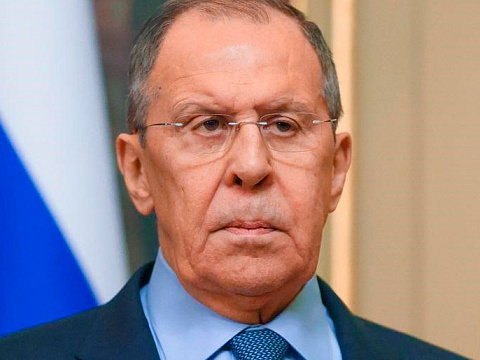Scientists from Moscow made a carbon base for a battery from hogweed
Fields of hogweed can be found in any region of Russia. In the 20th century, an attempt was made to grow the poisonous plant as animal fodder. It failed - the weed quickly spread and began to interfere with the growth of other crops.
Russian scientists from Lomonosov Moscow State University and Skoltech have been working on the project. The Lomonosov Moscow State University has found out how to get rid of the poisonous hogweed effectively and expediently.
"We have developed a way of treating hogweed and turning it into carbon anode material for sodium-ion batteries. This method will make it economically feasible to dispose of hogweed to get rid of it in the future," said Grigory Lykienko, a second-year master's student at the Faculty of Material Sciences at the Lomonosov Moscow State University.
The battery needs a carbon backbone to work. Lithium-ion batteries use graphite, but the availability of materials decreases every year. For sodium-ionic ones, on the other hand, the situation is the opposite - the substance can be obtained from the most common forms: soda, paper and hogweed.
"The prospects are great. Alternatively, large batteries can be made from sodium-ion batteries. They are great for stationary energy storage. For example, we have solar panels, we need to store energy to spend at night. And here you can put a battery next to it to store that energy. Plus electric buses - sodium-ion batteries would also be great for them," said Zoya Bobyleva, a researcher at the Department of Chemistry at the Lomonosov Moscow State University.
To turn hogweed into a carbon backbone for a battery, the necessary components must be extracted.
"To prepare the anode material, we use hogweed, which has been dried beforehand. After that, we put the dried hogweed into a mill and grind it," said Andrey Dyakonov, a fourth-year student of the Chemistry Department at Lomonosov Moscow State University. Next, the cathode material is extracted. To do this, the components are mixed in a mortar. This method is called sol-gel.
"After dissolving all the components, we transfer the solution to a petri dish, place it in a desiccator, and then we run a high-temperature firing in the furnace," added Anastasia Yablonovich, a second-year master's student in the Materials Sciences Department at Lomonosov Moscow State University.
The finished components are placed in the reactor and sent to the hotplate for hydrothermal treatment. The carbon base obtained from the hogweed is transferred to the Russian science centre Skolkovo, where the batteries are assembled.
"The materials come here in the form of powders and here they are applied to the foil in the form of electrodes. We assemble prototypes several times a month, depending on the tasks and how promising are the materials that appeared in our lab. We need this to find out whether the materials we have synthesised are even ready to work in a full cell," said Maksim Zakharkin, a researcher at Lomonosov Moscow State University, Skoltech graduate.
Once a suitable combination has been found, the materials are sent to the stacker, which will assemble the battery. The resulting "sandwich" of electrodes is then placed in the casing, after which the future battery is subjected to the necessary procedures, and the prototype is ready.
Even now, developers are able to assemble large volume batteries. Scientists are working on improving the performance of the electrodes to make the batteries more powerful. After that, mass assembly and production can begin.
Photo: TV BRICS







 DIGITAL WORLD
DIGITAL WORLD





































